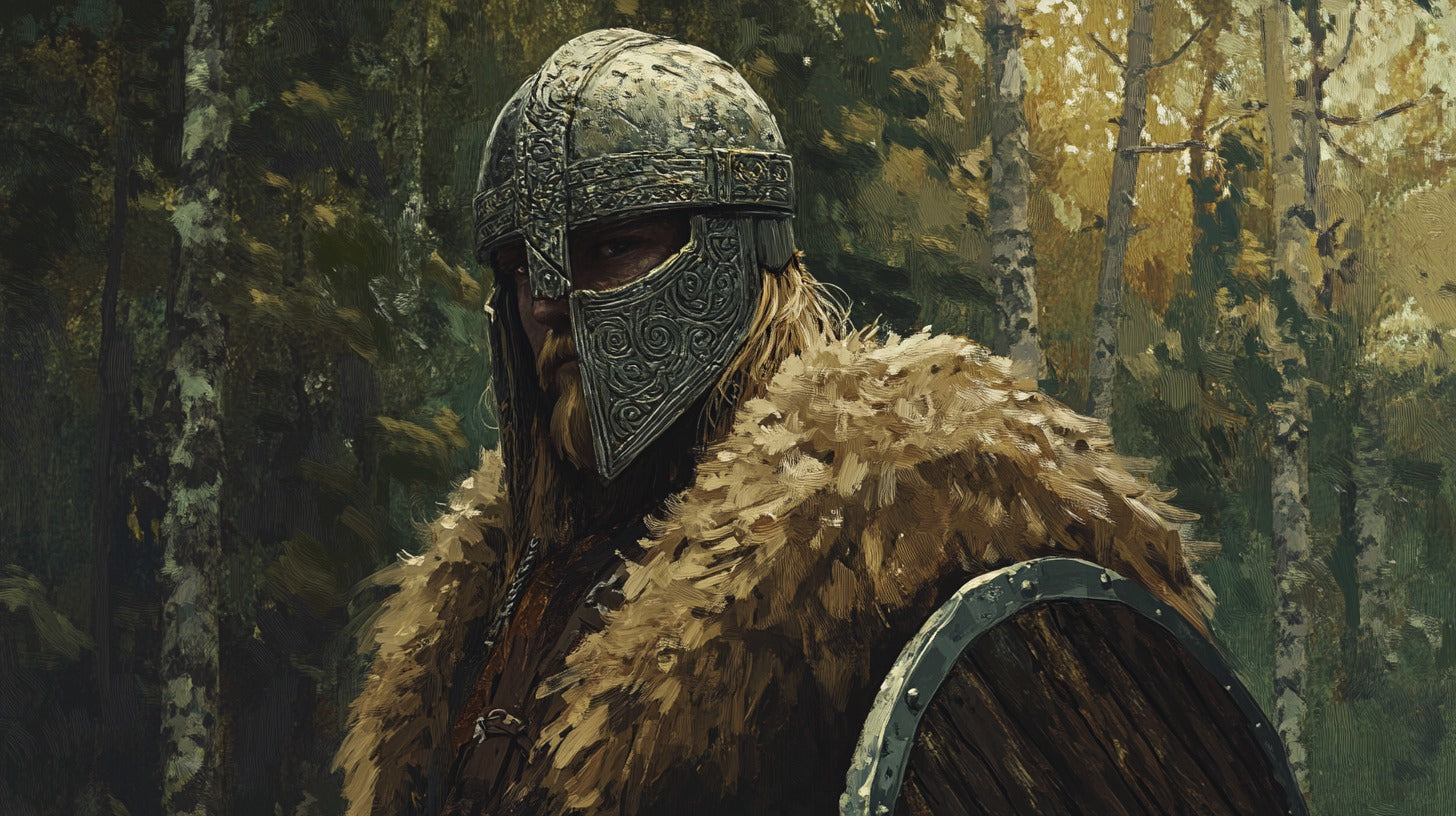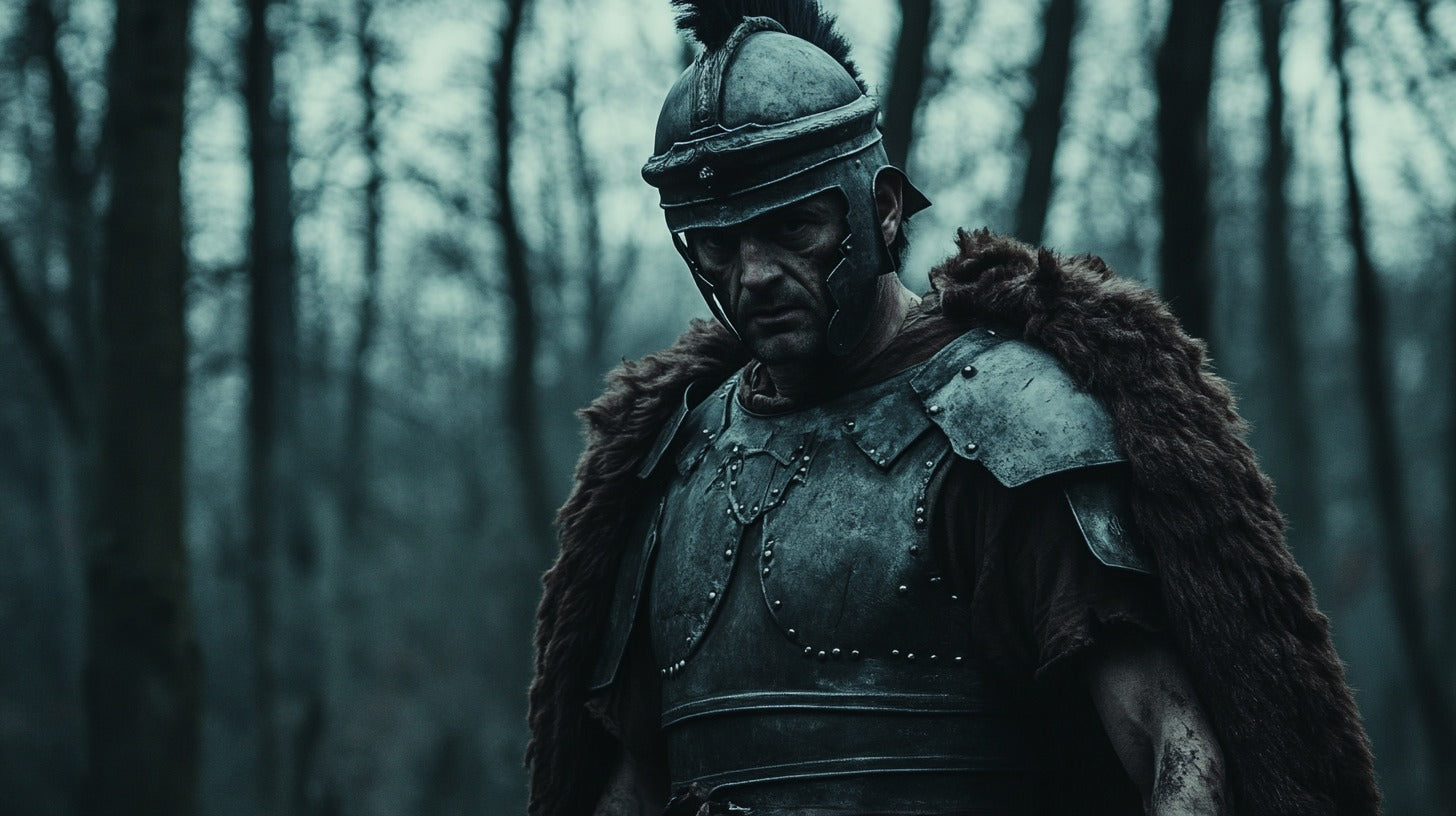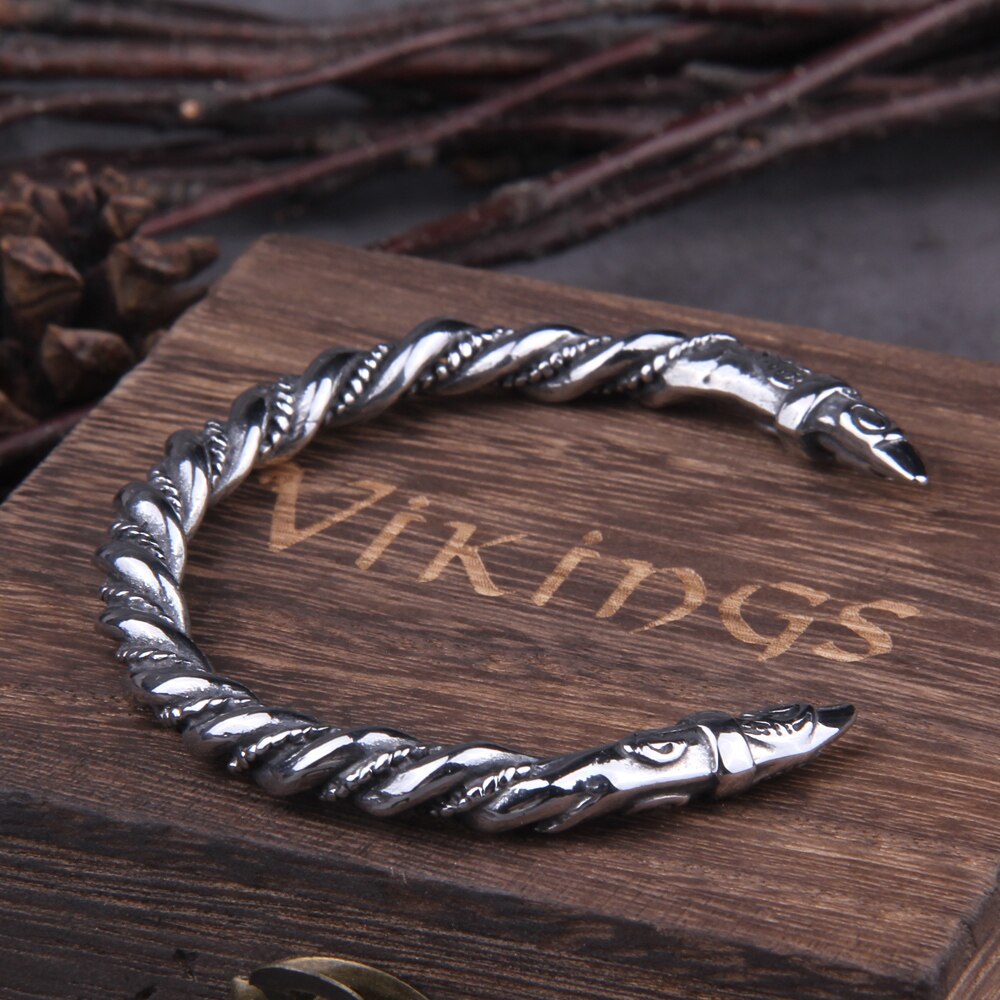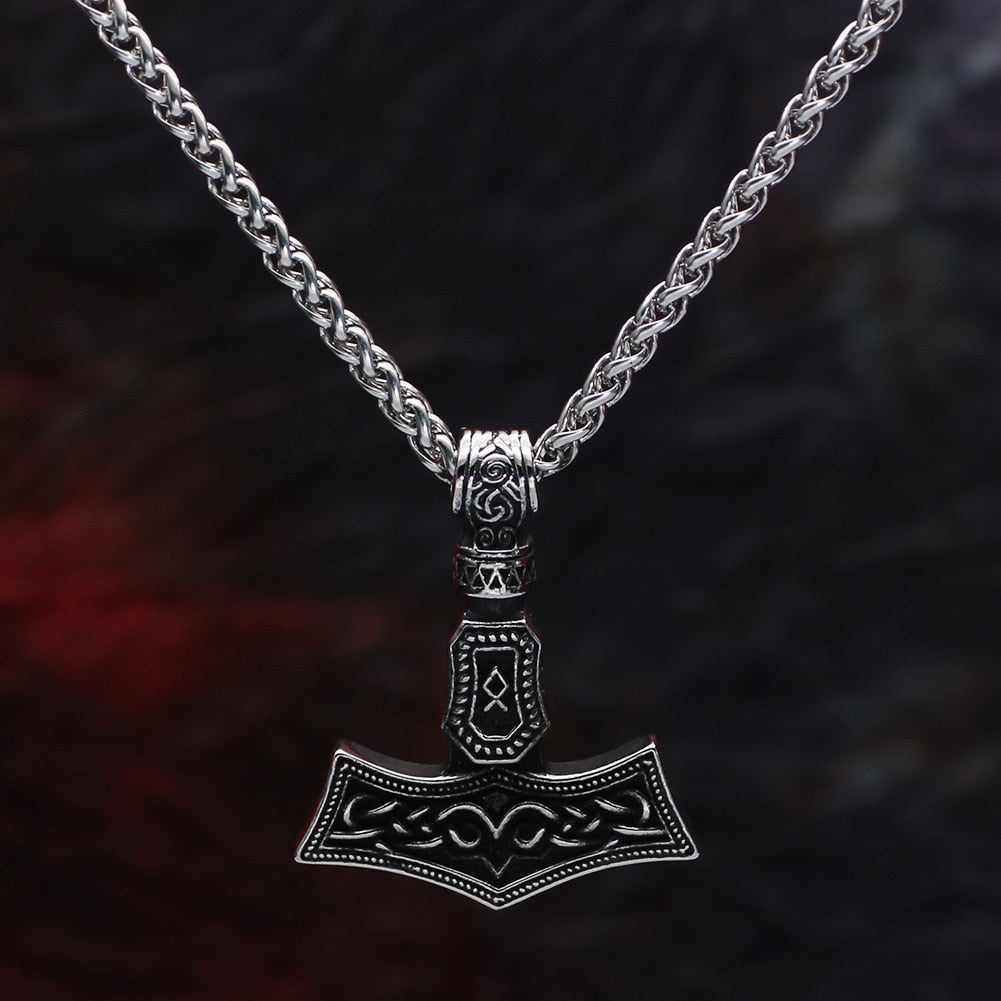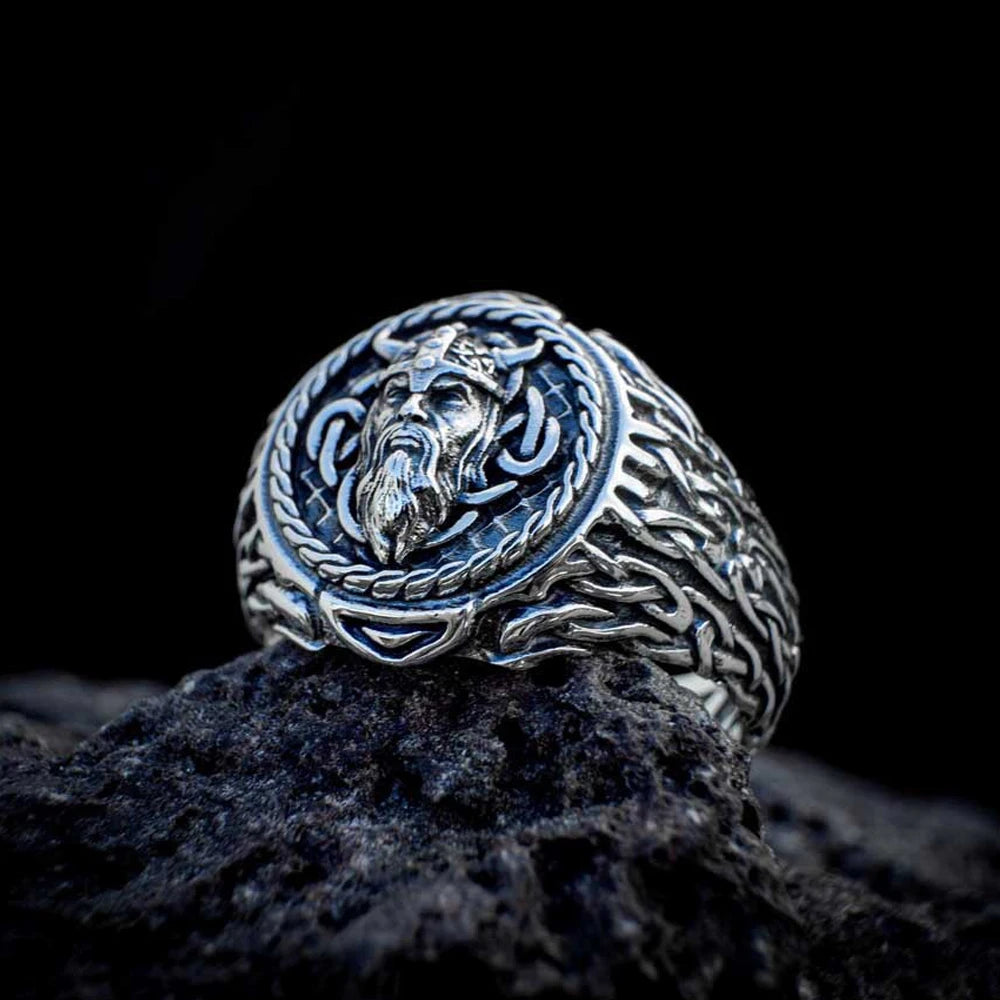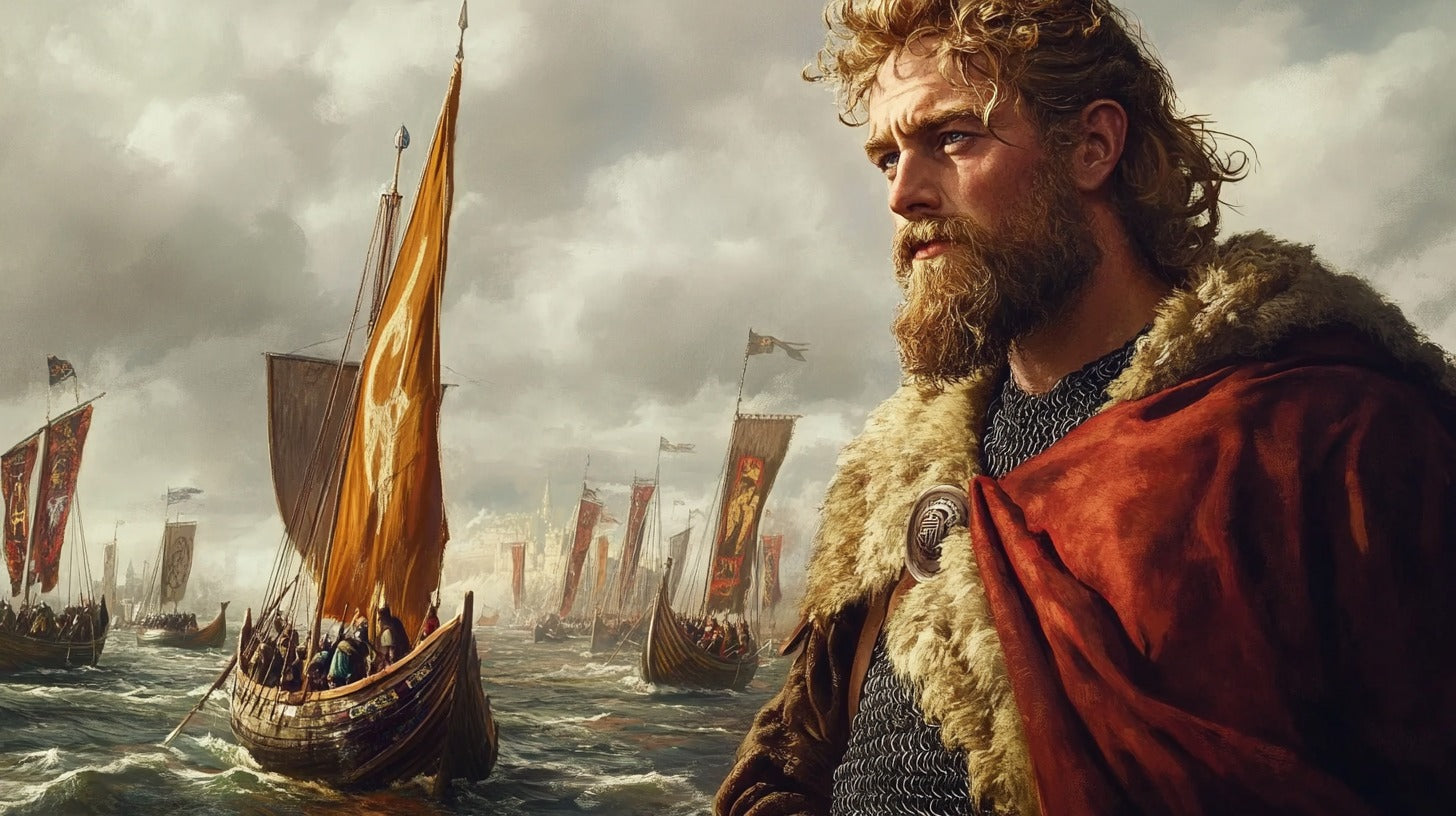
Olaf III Haraldsson (Óláfr kyrri): The Peaceful King of Norway
Olaf III Haraldsson, known as Olaf the Peaceful (Óláfr kyrri), was a king of Norway who reigned from 1067 to 1093. A stark contrast to his father, the fierce Harald Hardrada, Olaf earned his epithet for his non-violent approach to governance and his efforts to stabilize Norway after decades of war and turmoil. His reign marked a turning point in Norwegian history, emphasizing peace, prosperity, and the consolidation of the Christian church. This article explores Olaf’s life, reign, and legacy as a ruler who valued diplomacy over conflict.
Early Life and Ascension to the Throne
Olaf III was the son of Harald Hardrada, one of Norway's most renowned warrior-kings, and Tora Torbergsdatter. Born around 1050, Olaf spent much of his early life under the shadow of his father’s military exploits and ambitions. Harald’s death at the Battle of Stamford Bridge in 1066 left a divided and weary Norway, paving the way for Olaf’s ascension the following year.
Unlike his father, Olaf focused on uniting his kingdom through diplomacy rather than conquest. His rule was characterized by a deliberate departure from the Viking tradition of raiding and expansion, reflecting the changing tides of the 11th century as Christianity reshaped Scandinavian society.
Reign of Peace and Prosperity

A Peaceful Approach to Governance
Olaf’s reign was notable for its lack of major military campaigns, earning him the moniker “the Peaceful.” Instead of seeking glory through conquest, Olaf concentrated on internal development. He prioritized maintaining stability, fostering trade, and improving relations with neighboring kingdoms. His diplomatic efforts helped solidify Norway’s position in a rapidly evolving European landscape.
Christianization and Church Consolidation
Following the Christianization efforts of his predecessors, Olaf continued to strengthen the role of the Church in Norway. He supported the establishment of dioceses, the building of churches, and the promotion of Christian morality and laws. Olaf’s peaceful reign provided an environment in which Christianity could take deeper root, transitioning Norway further away from its pagan past.
Economic and Cultural Development
With the cessation of Viking raids, trade flourished under Olaf’s reign. Norway’s strategic location allowed it to become a hub for commerce in the North Atlantic, benefiting from exchanges with England, Denmark, and the Baltic states. This period also saw advancements in agriculture, improved infrastructure, and increased cultural exchange with continental Europe.
Challenges During His Reign
While Olaf’s reign was largely peaceful, it was not without challenges. The transition from a warrior society to a more settled and centralized kingdom faced resistance from some nobles who had thrived during the Viking Age. Additionally, Olaf had to navigate tensions between traditional pagan practices and the growing influence of Christianity, ensuring the kingdom remained unified.
Legacy of Olaf the Peaceful

Coin of Olaf III of Norway, cited from Myntherrer, Olav Kyrre. University of Oslo. (Photo: Stenersen, L. B)
A King Remembered for Stability
Olaf III’s 26-year reign is one of the longest periods of relative peace in medieval Norwegian history. His leadership helped lay the foundation for a more centralized and unified Norway, moving the kingdom toward a feudal model similar to those emerging in other parts of Europe.
The End of His Reign
Olaf passed away in 1093, succeeded by his son Magnus Barefoot. While Magnus would embark on a more aggressive and expansionist path, Olaf’s reign left a legacy of stability and economic growth that benefitted Norway long after his death.
Historiographical Perspective
Though less celebrated than his warrior-king counterparts, Olaf the Peaceful is a crucial figure in Norwegian history. His reign demonstrates the importance of diplomacy and governance in an era often dominated by tales of conquest and violence. Modern historians view Olaf as a king who understood the need for transition, guiding Norway through a pivotal period with prudence and foresight.
Conclusion
Olaf III Haraldsson’s reign stands out as a beacon of peace and progress in a time often characterized by conflict. By prioritizing stability, supporting the Church, and fostering economic growth, Olaf left an enduring mark on Norway’s history. His legacy reminds us that true leadership is not always found on the battlefield but in the wisdom to seek peace and unity.
Frequently Asked Questions (FAQs)
- Why was Olaf III called “the Peaceful”?
Olaf earned this epithet due to his lack of military campaigns and his focus on diplomacy, stability, and governance.
- What were Olaf III’s main achievements?
Olaf’s reign saw the consolidation of Christianity, economic growth through trade, and the longest period of peace in medieval Norwegian history.
- How did Olaf III differ from his father, Harald Hardrada?
While Harald Hardrada was a warrior-king known for his military exploits, Olaf prioritized peace and internal development.
- What challenges did Olaf III face during his reign?
Resistance from traditionalist nobles and balancing the transition from paganism to Christianity were significant challenges.
- Who succeeded Olaf III?
Olaf’s son, Magnus Barefoot, succeeded him as king in 1093.
References
Bagge, Sverre. "From Viking Stronghold to Christian Kingdom: State Formation in Norway c. 900-1350" (2010)
Sawyer, Peter. "The Oxford Illustrated History of the Vikings" (1997)
DeVries, Kelly. "The Norwegian Invasion of England in 1066" (1999)
Krag, Claus. "Norges historie frem til 1319" (2000)
